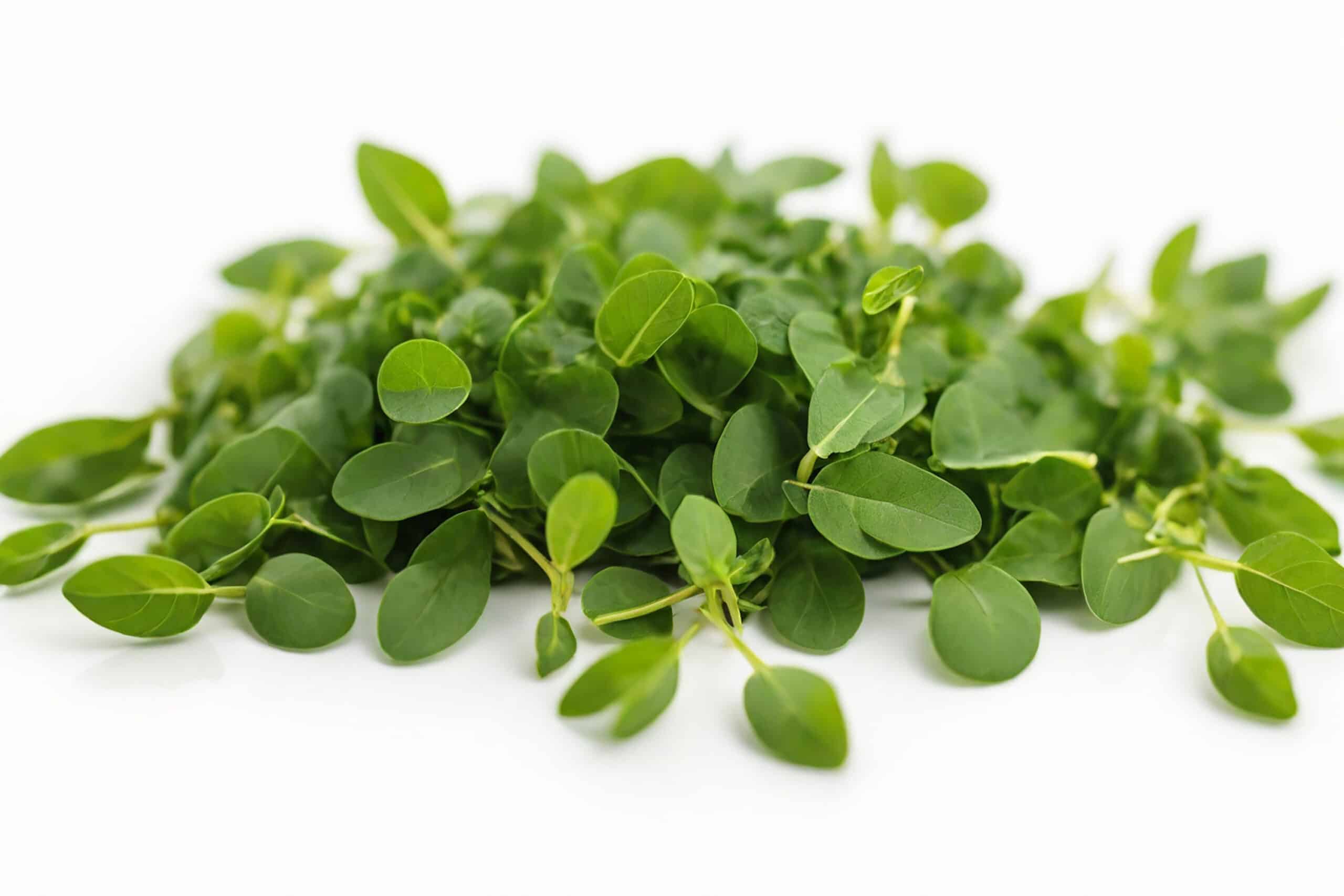Is Fenugreek a Microgreen?
Key Takeaways
- Fenugreek is considered a microgreen and is valued for its intense flavor, vibrant color, and high nutritional content.
- Fenugreek microgreens offer health benefits such as being nutrient-rich, aiding digestion, and regulating blood sugar levels.
- Growing fenugreek microgreens at home is a straightforward process that allows you to enjoy their fresh flavor and nutritional goodness.
Yes, fenugreek is considered a microgreen. Microgreens are young vegetable or herb greens that are harvested just after the first leaves have developed. They are valued for their intense flavors, vibrant colors, and high nutritional content. Fenugreek microgreens, in particular, have gained popularity for their unique taste and numerous health benefits.
What are Microgreens?
Microgreens are essentially tiny versions of fully grown vegetables and herbs. They are harvested when the first true leaves appear, usually within 7 to 21 days after germination. Unlike sprouts, which are grown in water, microgreens are cultivated in soil or a growing medium to promote root development and enhance nutrient absorption.
The Benefits of Fenugreek Microgreens
Fenugreek microgreens offer a range of health benefits due to their concentrated nutrient content. Here are some of the key advantages:
1. Nutrient-Rich:
Fenugreek microgreens are packed with vitamins, minerals, and antioxidants. They are a good source of vitamin C, vitamin K, iron, and calcium. These nutrients contribute to overall health and help boost the immune system.
2. Digestive Aid:
Fenugreek microgreens have traditionally been used to aid digestion. They contain dietary fiber, which can promote regular bowel movements and reduce the risk of digestive issues like constipation.
3. Blood Sugar Regulation:
Studies have shown that fenugreek microgreens may help regulate blood sugar levels. They contain compounds that can enhance insulin sensitivity and improve glucose metabolism, making them beneficial for individuals with diabetes or insulin resistance.
4. Anti-Inflammatory Properties:
Fenugreek microgreens possess anti-inflammatory properties that can help reduce inflammation in the body. Chronic inflammation is linked to various health conditions, including heart disease, arthritis, and certain types of cancer.
How to Grow Fenugreek Microgreens
Growing fenugreek microgreens is relatively easy, making them a popular choice for home gardeners. Here are the basic steps:
1. Soak the Seeds:
Start by soaking fenugreek seeds in water for about 12 hours. This process helps soften the seed coat and promotes germination.
2. Prepare the Growing Medium:
Fill a shallow tray or container with a thin layer of potting soil or a suitable growing medium. Ensure the medium is well-drained to prevent waterlogging.
3. Sow the Seeds:
Spread the soaked fenugreek seeds evenly over the growing medium. Gently press them into the soil to ensure good seed-to-soil contact.
4. Water and Cover:
Mist the seeds with water and cover the tray with a plastic lid or a damp cloth to create a humid environment for germination.
5. Provide Light:
Place the tray in a well-lit area, but away from direct sunlight. Fenugreek microgreens prefer bright, indirect light for optimal growth.
6. Water and Harvest:
Keep the growing medium moist by misting with water as needed. After about 7 to 10 days, when the microgreens have developed their first true leaves, they are ready to be harvested. Simply cut them just above the soil level.
Conclusion
Fenugreek microgreens are indeed a type of microgreen. They offer a range of health benefits, including being nutrient-rich, aiding digestion, regulating blood sugar, and possessing anti-inflammatory properties. Growing fenugreek microgreens at home is a straightforward process that allows you to enjoy their fresh flavor and nutritional goodness.
Related Websites:
FAQs:
Q: What are microgreens and why are they popular?
Microgreens are young vegetable greens that are harvested at an early stage, usually between 7-14 days after germination. They are popular because they are packed with nutrients, easy to grow, and add a burst of flavor and color to dishes.
Q: Can fenugreek be classified as a microgreen?
Fenugreek can be classified as a microgreen. It meets the criteria of being harvested at an early stage and possesses intense flavors. Its nutritional value and potential health benefits make it a great addition to a microgreen repertoire.
Q: What are the key traits that differentiate microgreens from other plant stages?
Microgreens are characterized by their small size, tender leaves, and intense flavors. Unlike sprouts, they are grown in soil rather than water, allowing for more nutrients to develop. They are also more mature than sprouts and have started to develop their first true leaves.
Q: What are the nutritional benefits of consuming microgreens regularly?
Microgreens are nutrient powerhouses. They are packed with vitamins, minerals, antioxidants, and enzymes. Regular consumption of microgreens has been linked to improved digestion, increased energy, and strengthened immune function.
Q: How does the nutritional profile of fenugreek compare to other common microgreens?
Fenugreek has a unique nutritional profile. It is rich in fiber, protein, iron, and various vitamins and minerals. While the exact comparison to other microgreens may vary, fenugreek offers its own distinct set of nutritional benefits.






